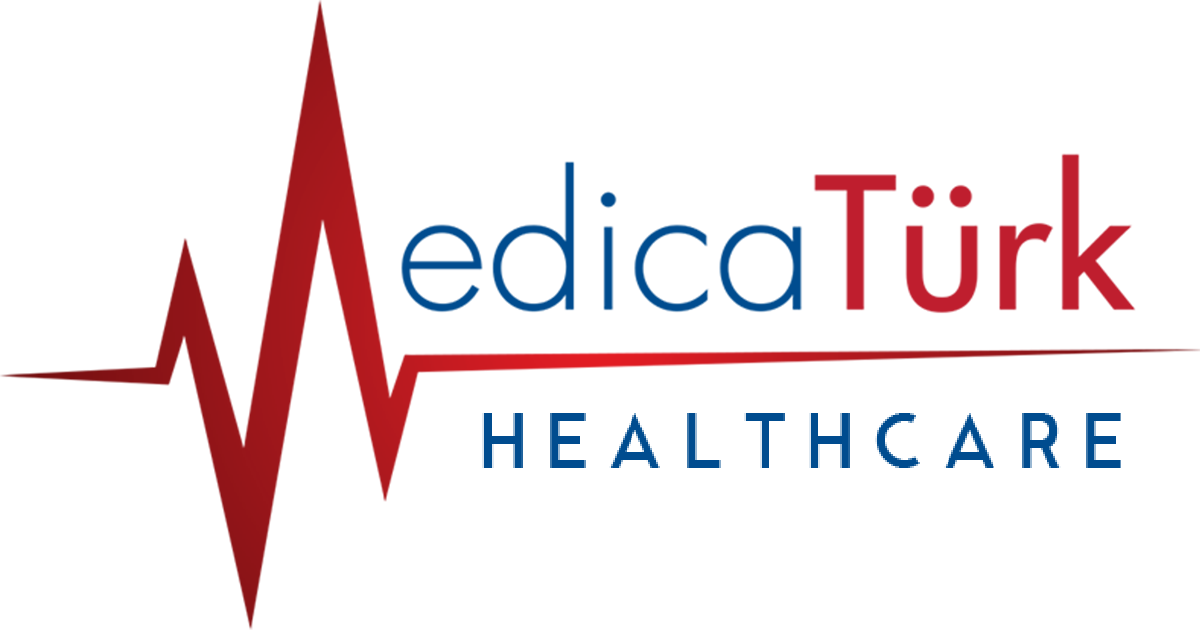Swallowing disorder (dysphagia) includes problems with the passage of food from the oral cavity to the stomach. These problems may be in the form of delay in the passage of the bite to the stomach, blocking and escaping into the windpipe by following the wrong path. If the food goes down to the level of the vocal cords, it is called “penetration” and if it goes under the vocal cords, it is called “aspiration”. Food reaches the lungs during aspiration and is a very dangerous condition that can lead to death. Everyone can swallow and aspirate what they have eaten from time to time, but a healthy person can reflexively clear their throat by coughing when they get into the windpipe. However, people with reduced reflexes cannot understand that they are aspirating. This situation can sometimes lead to serious and even fatal problems. Swallowing disorder can occur in patients of all age groups due to nervous (neurogenic), mechanical, psychological reasons and muscle diseases (myogenic).

The swallowing function has four phases:
1) The first phase is the period when food and beverages are chewed, mixed with saliva and made ready to swallow.
2) During the oral phase, the second period in which the created food bite is pushed to the back of the mouth and the swallowing response begins.
3) Food and drinks are pushed towards the upper esophagus valve in the pharynx phase. When this cover is opened, food quickly passes from the pharynx to the esophagus.
4) In the last phase, the esophagus phase, food and drinks pass from the esophagus to the stomach.
While the first and second phases are formed voluntarily, the third and fourth phases are formed reflexively.
Long effort and time spent on chewing and swallowing
Coughing, vomiting during or after eating or drinking
Sounding wet, wheezing during or after eating or drinking
Food leaking out, spilling or accumulating in the mouth
Inability to breathe or develop pneumonia after meals
Weight loss or dehydration
Improper dentures, missing teeth, reduced salivary flow, valve problems at the entrance to the esophagus or stomach, paralysis, progressive neurological disease (Parkinson’s, Multiple Sclerosis, Cerebral palsy, Alzheimer, Dementia), the presence of a tracheostomy tube, immobile vocal cord, Surgical operations, radiotherapy or chemotherapy applied to the head and neck region due to laryngeal or esophageal, oral tumors.
ENT specialist, neurologist and speech and language therapist work as a team in the treatment of swallowing disorder
Positions that will ensure the strengthening and coordinated movements of the muscles responsible for swallowing are chosen and exercises are performed in this position. This treatment is also called positional swallowing therapy.
Sensory Stimulation Techniques and customized exercises are performed to stimulate the nerves that can activate the swallowing reflex.
By determining the consistency that the patient can swallow without aspirating, a diet modification is made to ensure that the patient can swallow safely without aspirating.
Open yourself to a whole new world of medical travel, and discover the beautiful places and healthcare experiences that await you around the globe!
Medicatürk focusing only on a seamless patient journey, helping patients on their travels from beginning to end.

